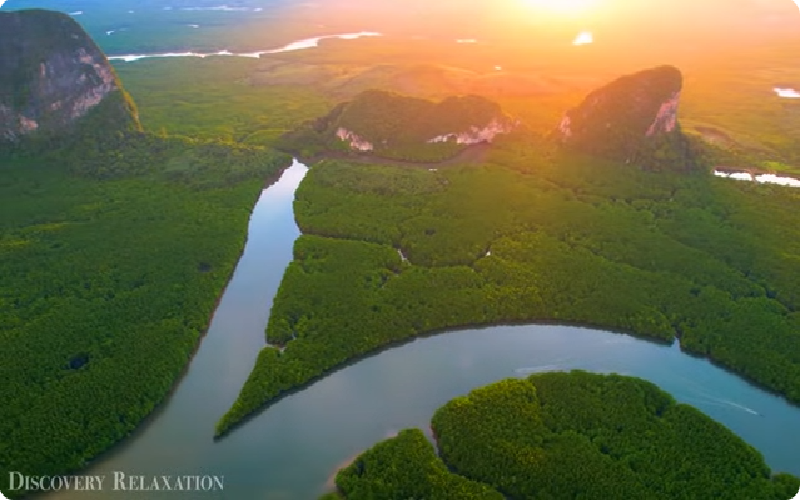Alexandria, Virginia is known for its rich history and cultural heritage. Old streets and buildings contain memories of the distant past, but, as it turns out, this city also hides more ancient and mysterious secrets.
The story begins with a young archaeologist, Marina Sokolova, who came to Alexandria to study underground structures and tunnels that had long been rumored among local residents. According to legends, these tunnels were built during colonial times and were used for smuggling and secret meetings. However, no one knew exactly how extensive this underground network was.
Marina, having received permission from the city authorities, began her excavations in one of the old parts of the city. Already in the third week of work, she and her team stumbled upon the entrance to a tunnel hidden under a layer of debris and earth. Once inside, they discovered a network of corridors and rooms that seemed to go tens of meters deep. The further they moved, the more ancient and mysterious the finds became.
In one of the rooms, the team came across an unusual find: an old map written in a language that was not immediately recognizable. The map showed a huge underground city located near Alexandria. Marina, becoming interested, decided to continue her research and soon discovered even more strange artifacts, including unknown mechanisms and writings.
With the help of experts in ancient languages, Marina found out that the map was created by a mysterious civilization whose existence was previously unknown. These people, apparently, lived in an underground city thousands of years ago, even before the first colonists appeared. But how could such a civilization remain unknown, and what happened to its inhabitants?
The team of archaeologists continued to delve into the tunnels and eventually came across a huge hall that amazed with its splendor. The walls were decorated with ancient frescoes depicting scenes from the life of underground inhabitants, and in the center of the hall stood a giant statue depicting a deity personifying wisdom and knowledge.
However, the most amazing discovery was a huge crystal located in the center of the hall. It emitted a soft glow and, as it turned out, was the source of energy for the entire underground city. The crystal, according to experts, had unique properties that allowed it to store and transmit energy. But what happened to the city’s inhabitants if their technology was so advanced?
Soon the team discovered inscriptions on the walls of the hall explaining the fate of this civilization. It turned out that they were faced with a global catastrophe – a strong earthquake that destroyed part of the city and forced the survivors to leave their homes. They hid their knowledge and technology so that their descendants could someday find and use it.
Marina and her colleagues realized that they had a unique opportunity to study ancient technologies and, possibly, apply them in modern times. However, they also realized the responsibility for this find, because such knowledge could be both a blessing and a danger.
The story of the underground city of Alexandria shook the scientific community and attracted the attention of the government. Large-scale research and conservation work began on the finds. The city has become the center of attention of scientists and researchers from all over the world, seeking to unravel the secrets of the ancient civilization and its technologies.
Marina Sokolova continued her research, becoming one of the leading experts in the field of studying underground cities. She believed that the secrets of Alexandria could help humanity take a new step in the development and mastery of new technologies. However, this required time and effort, as well as caution so as not to repeat the mistakes of the ancients.
Thus, Alexandria, a city with a rich historical past, also became a symbol of new discoveries and opportunities, reminding everyone that not only remnants of the past, but also keys to the future may be hidden underground.
